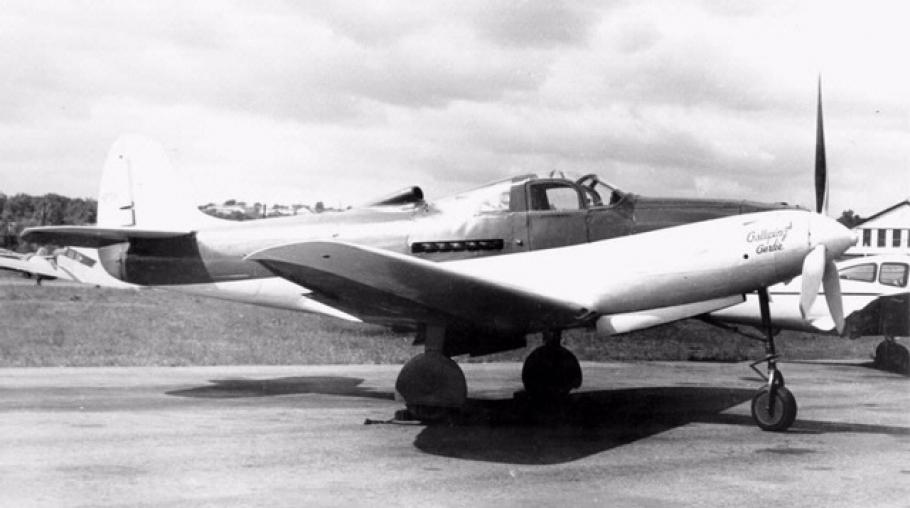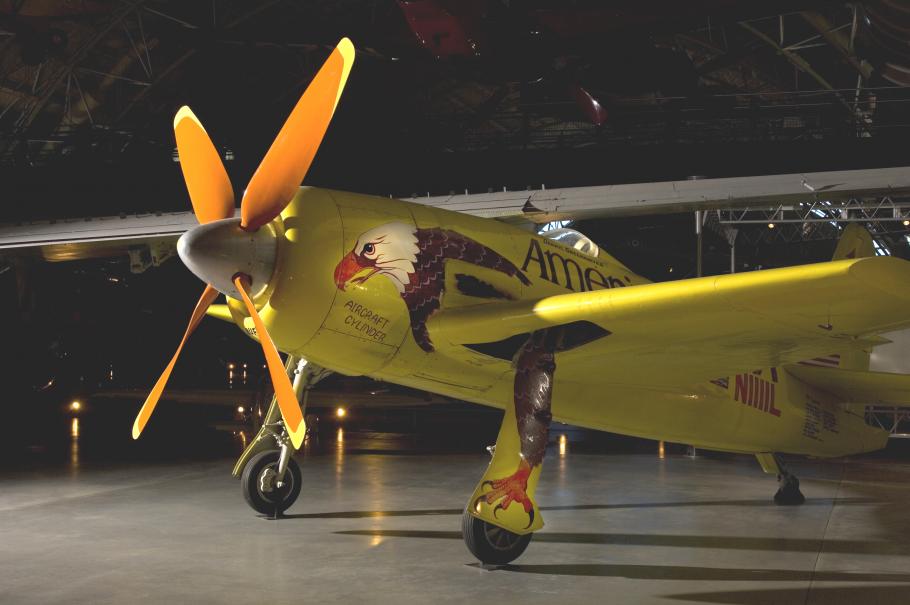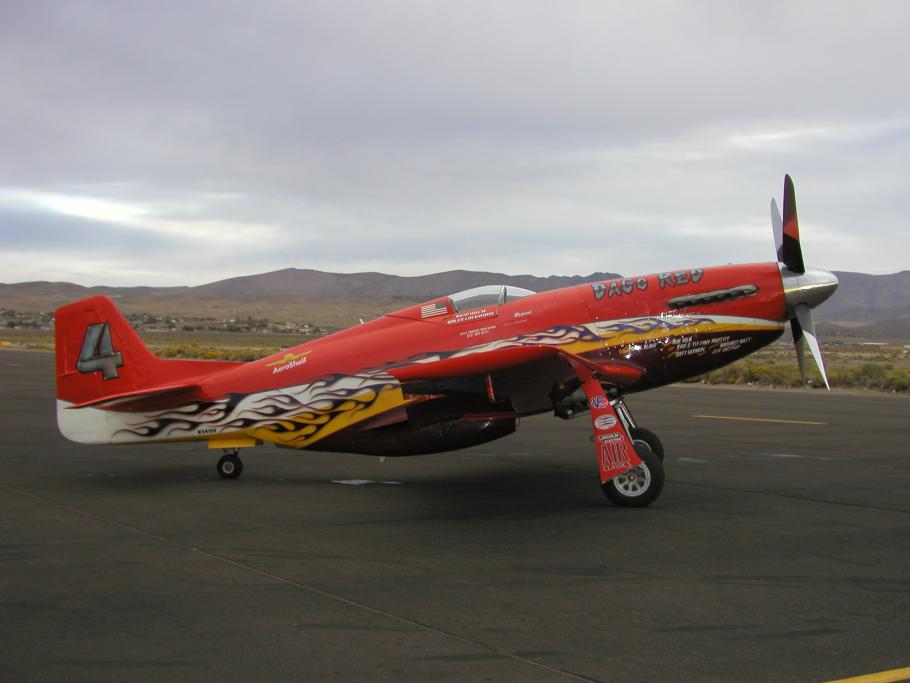The high-flying long-range North American P-51 Mustang escort fighter was a war-winning weapon for the United States and its Allies during World War II. As American Mustang pilots protected bombers and pursued their enemies in the air over Europe and the Pacific, they earned a place for themselves and their airplane in the annals of military and aviation history. Designed by a German-born engineer, it reflected the mating of American and British ingenuity in aerodynamics, structures, and propulsion technology. The availability of surplus Mustangs and other fighters such as the Corsair, Bearcat, Airacobra, and Lightning after World War II and into the 1950s helped create what we call the “warbird” community today.
Some owners of these fighters, recognizing that they were the fastest propeller-driven production aircraft to ever fly, took them air racing. They remembered the widely-popular pre-war National Air Races at Cleveland where Horatio Alger-like individuals took readily-available technologies and built dedicated air racers to achieve fame and fortune every September in 1930s Depression-era America. The National Air Races resumed in 1946 after its wartime hiatus with warbirds as the main technology.
At Cleveland in the late 1940s, some pilots just painted their otherwise original, or “stock,” aircraft for competition. The Museum’s Bell P-39Q Airacobra flew at Cleveland twice. In 1946, Charles Bing raced it as Juba. Former WASP Elizabeth Haas took it to the 1948 National Air Races as Galloping Gertie.
Others, echoing the long-standing American tradition of technical ingenuity, modification, and “hot-rodding,” worked to transform their warbirds into dedicated air racers. Racing teams carried out their visions of improving upon an original design to make their aircraft faster and lighter and, ultimately, to win as they flew low and fast around the pylons.
The 1949 National Air Races saw the deaths of two innocent bystanders and a racing pilot after a crash into a nearby neighborhood. The lack of infrastructure to conduct continued events, the distraction of the raging conflict in Korea, and the ever-present debate over safety ensured that air racing would not continue in Cleveland in the 1950s.
For air racing enthusiasts, the spirit of the 1930s and 1940s had no venue until the renewal of air racing through the National Championship Air Races centered on the remote town of Reno, Nevada, in 1964. One of the racing classes, the Unlimited, was just that, racers could use any competitive aerodynamic, structural, or propulsion advantage to make their propeller-driven warbirds go even faster. Quickly, the Unlimited Class race became the marquee event of the air races at Reno due to the high speeds and the popularity of World War II-fighters overall, no matter how far different they were from their original configurations.
The National Air and Space Museum has a first generation Unlimited Class racer in its collection, Conquest I, which is based on the Grumman F8F Bearcat platform. The team behind it worked at the super high-tech Lockheed Skunk Works and used their advanced knowledge to create a multiple Unlimited Class winner (1965-1969 and 1971) and world speed record holder in 1969. Conquest I’s design set the tone of innovation where sophisticated original thinking merged with the clever use of found parts and systems from other aircraft.
Mustangs flown by Unlimited racing teams underwent a similar transformation as Conquest I. Aerodynamic streamlining, structural modification, and increased horsepower turned an aircraft designed to be a high-altitude, long-range fighter capable of cruising at 352 mph into a racer intended to fly fast and low at speeds approaching 500 mph over the high desert of Nevada.
Historic in their own right as racers, these Mustangs have added to the long history of a classic aircraft design. The evolution of the Mustang from a military fighter during World War II to a means of recreation and a vehicle for speed tells us much about the enthusiasm for flight.




